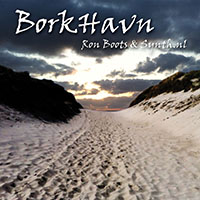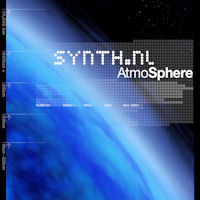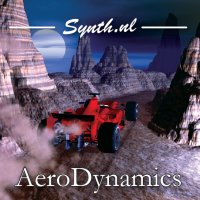 I completely finished building the 9710 VCA/Mixer module as well now. This module is normally the final stage of the audio output. I described the functions of this module in the previous post. While wiring I found out that my soldering iron is basically a bit to hot for some components. Maybe this is also why I had problems with the wires turning black quickly.
I completely finished building the 9710 VCA/Mixer module as well now. This module is normally the final stage of the audio output. I described the functions of this module in the previous post. While wiring I found out that my soldering iron is basically a bit to hot for some components. Maybe this is also why I had problems with the wires turning black quickly.I changed the tip of my soldering station a while ago, because I had to switch from Lead holding soldering tin to Silver holding soldering tin. The lead holding type simply is not sold anymore in Europe. The European commission banned this type completely here. The problem though is that Silver has a higher melting temperature than Lead. The new tip makes soldering this Silver holding tin much easier, but also rises some problems.
 The problem I encountered during wiring, even though PAIA warned in the manual for it, is that I melted the plastic on the leads of one of the switches. I tried to melt it back in position, but after this the switch didn't work anymore. I decided to take the switch apart and look what was wrong with it. The construction was actually quite simple and I repaired it and put it back together. I was quite amazed at myself that after that it actually worked :) After this I took great care in heating the leads on the switch only very short and tested the function again afterwards and it still worked. I was very proud of myself :)
The problem I encountered during wiring, even though PAIA warned in the manual for it, is that I melted the plastic on the leads of one of the switches. I tried to melt it back in position, but after this the switch didn't work anymore. I decided to take the switch apart and look what was wrong with it. The construction was actually quite simple and I repaired it and put it back together. I was quite amazed at myself that after that it actually worked :) After this I took great care in heating the leads on the switch only very short and tested the function again afterwards and it still worked. I was very proud of myself :) In the picture on the left you see the switch back in place after this repair. The rest of the wiring was quite straight forward and since there are less controls on the VCA it was finished quite quickly. In the picture on the lower right you see the finished PCB with all the wiring to the front panel.
In the picture on the left you see the switch back in place after this repair. The rest of the wiring was quite straight forward and since there are less controls on the VCA it was finished quite quickly. In the picture on the lower right you see the finished PCB with all the wiring to the front panel.I also finally picked up the remaining 12 Volt AC power adapter and the missing resistor from my local electronics store. The resistor was still needed on the VCF module. So now all modules are completely finished.
 So what is still left to do? I need to finish the power connections to all the modules, put all the modules in the frac rack and start testing and calibrating the modules. For the last thing I decided to buy some new tools to make it easier. I ordered an 2 channel 20 Mhz Oscilloscope and a combined function generator / frequency counter. I will needed this equipment for later projects anyway and it will make calibrating much easier. That is if everything works. When it doesn't especially the Oscilloscope (or mostly called scope in short) will make finding errors a lot easier as well. I hope it is not necessary for that. We will see in a later post when I finally put the power on.
So what is still left to do? I need to finish the power connections to all the modules, put all the modules in the frac rack and start testing and calibrating the modules. For the last thing I decided to buy some new tools to make it easier. I ordered an 2 channel 20 Mhz Oscilloscope and a combined function generator / frequency counter. I will needed this equipment for later projects anyway and it will make calibrating much easier. That is if everything works. When it doesn't especially the Oscilloscope (or mostly called scope in short) will make finding errors a lot easier as well. I hope it is not necessary for that. We will see in a later post when I finally put the power on.










No comments:
Post a Comment